Aviator 1500 – Unlocking the Future of Aviation Technology
1 Win Aviator
-
Aviator 1500 – Unlocking the Future of Aviation Technology
-
Revolutionary Features of Aviator 1500
-
Advanced Navigation Systems Explained
-
Advanced Materials for Enhanced Resilience
-
Real-World Applications of Advanced Aeronautical Systems
-
Integrating with Existing Flight Infrastructure
Transform your perspective on flight with groundbreaking advancements in aerial mobility. This aviator game remarkable product promises to redefine your journey through unparalleled performance and precision engineering.
With a powerful propulsion system delivering exceptional speed capability, you can expect to cover long distances effortlessly. Equipped with state-of-the-art navigation features, this device ensures unmatched reliability and safety in every flight scenario.
Efficient fuel consumption means fewer pit stops, allowing you to maximize your time in the skies. Coupled with environmental sustainability measures, this solution minimizes your carbon footprint, helping you fly with a clear conscience.
Designed for both leisure and professional use, its ergonomic layout caters to comfort without sacrificing functionality. Experience seamless connectivity with integrated technology that keeps you in touch while on the move.
Your aspirations for superior air travel are about to become a reality. Discover the potential of next-generation devices crafted for those who refuse to compromise on excellence.
Step into a realm where innovation meets accessibility and elevate your experience. Embrace a new era of airborne exploration today.
Revolutionary Features of Aviator 1500
Precision Navigation System: This cutting-edge apparatus incorporates a state-of-the-art navigation system that utilizes satellite technology for real-time tracking. Enhanced algorithms ensure pinpoint accuracy, significantly improving route optimization and reducing flight times.
Advanced Safety Protocols: Equipped with multiple redundancy systems, this model prioritizes safety above all. It features automated systems that monitor critical parameters and alert crews to potential anomalies, significantly minimizing risks during operations.
Eco-Friendly Performance: Engineered with sustainability in mind, the propulsion system is designed for maximum fuel efficiency. By minimizing emissions and reducing fuel consumption, this product sets a new standard for environmentally responsible performance in the field.
Innovative Cockpit Interface: The cockpit boasts an intuitive interface that enhances pilot interaction through touchscreen displays and voice command functionalities. This user-friendly design streamlines operations and allows for swift access to key information.
Modular Design: The structure features a modular approach, allowing for easy upgrades and maintenance. This flexibility ensures that the unit can evolve with technological advancements and adapt to changing requirements without significant overhaul costs.
Real-Time Data Integration: Seamlessly connected to ground control and support units, it provides continuous data streams that enhance situational awareness. This connectivity facilitates superior decision-making and strategic planning throughout the flight.
Adaptive Flight Control: Featuring intelligent algorithms for flight management, it adjusts automatically to changing conditions. The system enhances stability and control in adverse weather, ensuring smoother and safer operations.
Advanced Navigation Systems Explained
Modern navigation solutions integrate a variety of sophisticated components to ensure precision and reliability. Here are key features that stand out in contemporary systems:
- Global Positioning System (GPS): This satellite-based technology provides real-time positioning data. Devices can achieve accuracy within a few meters through advanced algorithms.
- Inertial Navigation Systems (INS): Utilizing accelerometers and gyroscopes, INS delivers continuous location tracking, independent of external references, making it essential for areas with limited satellite signals.
- Synthetic Vision Systems (SVS): These systems enhance situational awareness by combining data from various sensors to create a 3D visualization of the environment, aiding in navigation during adverse conditions.
- Ground-Based Augmentation Systems (GBAS): Utilizing ground stations to improve GPS accuracy, GBAS can enhance precision approach procedures, crucial for urban operations.
Integration of these technologies leads to several advantages:
- Improved Safety: Redundant navigational aids minimize risks of navigation errors.
- Operational Efficiency: Real-time data enables optimization of flight paths and fuel consumption.
- Enhanced User Experience: Intuitive interfaces coupled with augmented insights simplify the complexity of high-tech navigation.
Furthermore, incorporating machine learning algorithms allows systems to adapt to changing conditions, predicting potential obstacles and suggesting alternative routes. The synergy of all these elements forms a robust framework for maintaining safety and efficiency in transit operations, paving the way for the next generation in navigational excellence.
Advanced Materials for Enhanced Resilience
Modern aerospace engineering demands superior materials that not only withstand extreme conditions but also ensure longevity and performance. Utilizing carbon composites, manufacturers achieve remarkable strength-to-weight ratios. These materials excel in fatigue resistance, essential for high-performance crafts facing repetitive stress.
Additionally, ultrahigh molecular weight polyethylene (UHMWPE) finds applications in articulating surfaces and protective gear, providing low friction while maintaining durability. Its resistance to abrasion and impact makes it an ideal candidate for components exposed to harsh environments.
Another innovative solution is titanium alloys, renowned for their exceptional corrosion resistance and lightweight properties. These metals are increasingly preferred in structural elements, offering significant reductions in weight without compromising safety standards.
Furthermore, incorporating nanotechnology enhances traditional materials, enabling the creation of self-healing polymers. By embedding microcapsules that release restorative agents upon damage, these advancements drastically reduce maintenance needs and improve service life.
Lastly, adopting advanced coatings, such as ceramic or thermal barrier layers, provides additional protection against extreme temperatures and erosive particles. This ensures that components maintain their integrity and functionality over extended operational periods.
Real-World Applications of Advanced Aeronautical Systems
Modern airborne devices are redefining operational efficiency across multiple sectors. From cargo delivery to personalized travel experiences, the newest innovations are reshaping how we approach air transport.
In logistics, streamlined freight operations benefit greatly from advanced navigation solutions. Precise routing capabilities coupled with real-time tracking lead to significant reductions in delivery times and operational costs. For instance, companies utilizing these systems report up to a 30% decrease in average shipment durations, allowing for greater customer satisfaction and a competitive edge.
| Emergency Services | Faster response times and improved patient outcomes | Enhanced crisis management capabilities |
| Tourism | Personalized travel itineraries and increased accessibility | Growth in niche travel markets |
| Environmental Monitoring | Real-time data collection and analysis | Better policy-making for conservation efforts |
| Military Operations | Improved mission planning and execution | Increased operational readiness |
In medical emergencies, the integration of these sophisticated airborne platforms allows for life-saving interventions that were previously unattainable. Using specialized aerial units for patient transport, healthcare providers can reach individuals in remote or congested areas swiftly, which can improve survival rates significantly.
Furthermore, in the leisure sector, unparalleled customization in flight experiences enhances travel efficiency and satisfaction. The rise of air taxis and charter services tailored to small groups provides unprecedented convenience, attracting a clientele eager for time-saving alternatives.
Sustainability efforts also gain momentum with the application of these modern machines in environmental studies. Monitoring changes in ecosystems through low-emission flight paths ensures data accuracy while minimizing ecological footprints, fostering a sustainable approach to research.
Military applications demonstrate strategic advantages, empowering forces with enhanced reconnaissance and logistical capabilities. The deployment of these state-of-the-art crafts ensures operational supremacy through advanced communications and coordination.
Investing in state-of-the-art aerial innovations not only optimizes productivity across industries but also paves the way for future advancements, ensuring sustained growth and development in various fields.
Integrating with Existing Flight Infrastructure
Seamless incorporation of innovative solutions into current flight systems is essential for maximizing efficiency and safety. Prioritize compatibility with existing air traffic management frameworks to minimize disruptions. Utilize advanced communication protocols to ensure real-time data exchange with control towers and ground operations.
Implement modular designs to facilitate quick upgrades and maintenance without extensive overhauls. This approach not only reduces downtime but also enhances the adaptability of the entire ecosystem. Collaboration with stakeholders is crucial; establish partnerships with regulatory bodies to ensure adherence to standards while also aligning with future advancements.
Data analytics can be leveraged to monitor performance and identify integration gaps. Utilizing predictive maintenance tools will enhance reliability, allowing for prompt intervention when needed. Additionally, consider implementing cybersecurity measures to safeguard sensitive information and maintain operational integrity against potential threats.
Training programs for personnel should be established to familiarize them with new systems and protocols. Continuous education will aid in creating a workforce that is agile and well-prepared to handle technological advancements. Finally, pilot projects can serve as valuable testing grounds, offering insights before full-scale deployment.

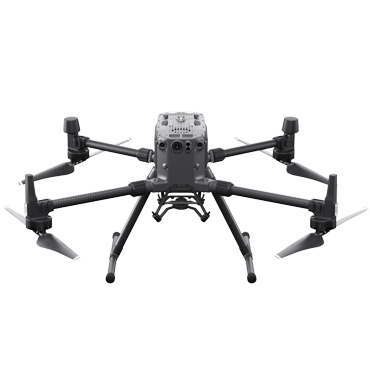
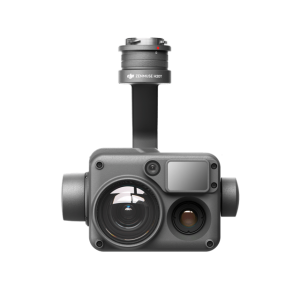
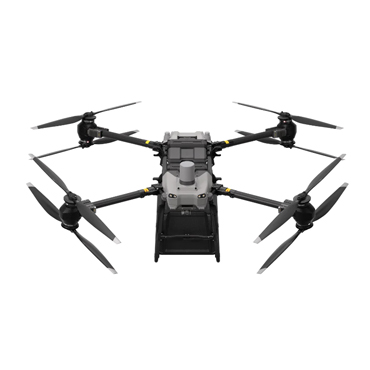
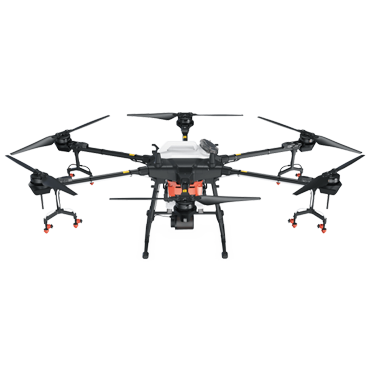
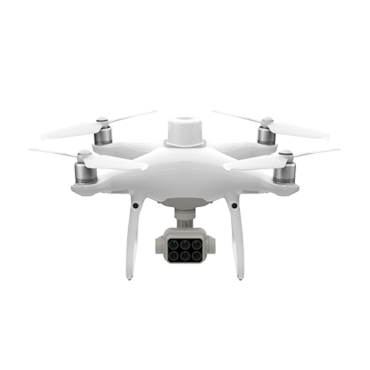

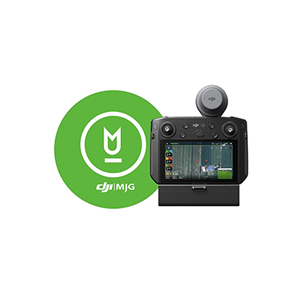




ยังไม่มีรีวิว